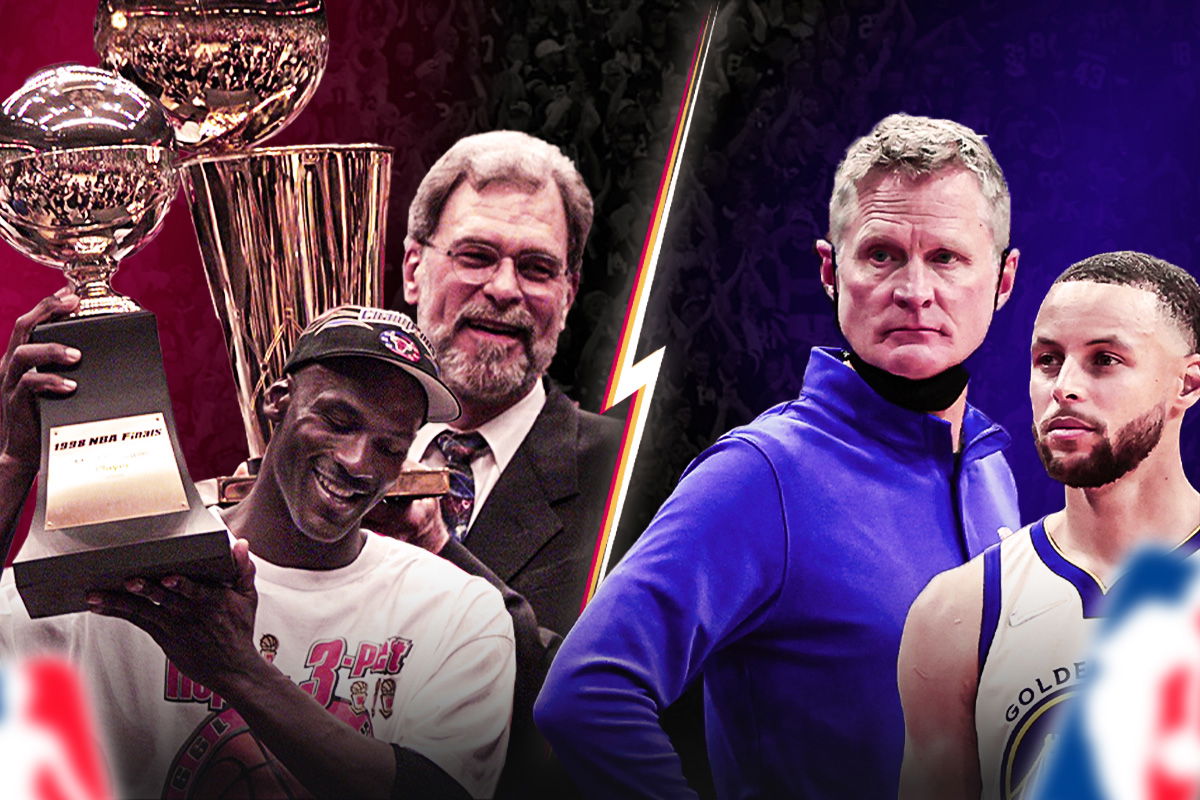
Imago
Credits: Imagn

Imago
Credits: Imagn
You can smell it before the season even tips off — that mix of pride, pressure, and just a hint of panic. The Golden State Warriors aren’t calling it a farewell tour, but it sure feels like one. Steve Kerr’s deal is ticking down. Steph Curry’s still undeniably brilliant, but 37. Draymond Green’s body has more miles than a Bay Area rideshare. Jimmy Butler’s here, but the clock’s now loud enough for everyone to hear…
Watch What’s Trending Now!
The parallels to the ’98 Bulls are obvious — a legendary core staring at one last shot before the curtain falls. But this isn’t the slow walk into the sunset of champions in ‘control’ of their destiny. This is a dynasty clinging to the cliff edge, fingers slipping, hoping for one more miracle season. We’ve literally seen the wheels come off this Bay Area legacy bandwagon in the last two years. Andrew Wiggins, Klay Thompson – Gone. Shipped out.
Some extremists might further suggest that Jonathan Kuminga is almost gone too, hasn’t he? The fundamental differences between these two situations expose the Warriors’ 2025-26 season as more of a desperate final grasp than a triumphant swansong. And here’s why:
ADVERTISEMENT
The Stark Contrast Between the Bulls’ Last Dance and the Warriors
The most glaring distinction is between their respective starting positions. Michael Jordan‘s Bulls entered their final campaign as defending NBA champions, riding the momentum of five titles in seven years and coming off a dominant 1996-97 season where they went 69-13. A second three-peat was on the cards.
In stark contrast, the Golden State Warriors are limping into their potential “Last Dance” having been eliminated in the second round of the 2025 playoffs, falling to the Minnesota Timberwolves in an utterly disappointing 4-1 series defeat. This elimination came after a mediocre 48-34 regular season record that required them to navigate the play-in tournament just to secure a playoff berth.
ADVERTISEMENT
The Warriors’ season was defined by inconsistency and struggle, not dominance.
Top Stories
Marina Mabrey Is Raising Eyebrows Again With Fiery Unrivaled Confrontation
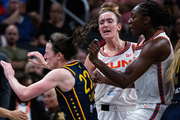
Unrivaled Commissioner Makes His Opinion on Paige Bueckers Very Clear
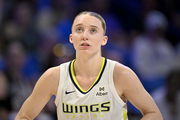
Napheesa Collier Gives WNBA Fans Good Reason To Be Excited About Delayed CBA Conversations
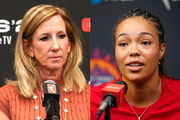
Steve Kerr Ejection vs Clippers: Stephen Curry, Draymond Green & Jimmy Butler Addresses Foul Controversy
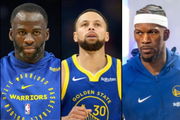
NBA Refs Break Silence On Stephen Curry Foul After Warriors HC Steve Kerr’s Outburst

When Stephen Curry suffered a hamstring injury just 13 minutes into Game 1 of their playoff series against the Timberwolves, it effectively (& realistically) ended any championship aspirations, as Anthony Edwards and Co. won each of the four games Steph missed.
ADVERTISEMENT
The 1997-98 Bulls featured MJ at the absolute peak of his powers—widely regarded as the greatest player of all time—alongside Scottie Pippen, who was unquestionably a top-five player in the league.
The Warriors’ aging core, while undoubtedly talented, cannot match this level of individual excellence! Curry, now in his mid-thirties, is still an elite player but is no longer the transcendent force he was during the Warriors’ peak years. His playoff exit against Minnesota was proof that fragility comes with age.
Jimmy Butler, acquired mid-season to bolster the roster, brings playoff experience and defensive intensity, but at 35, he too is clearly past his prime. Draymond Green, the emotional leader and defensive anchor, continues to provide leadership, but his offensive limitations have become more visible with age.
ADVERTISEMENT
The harsh reality is that none of these players currently rank among the NBA’s top five individual talents, a stark contrast to Jordan and Pippen’s elite status during the Bulls‘ run. In today’s NBA landscape, filled with generational talents like SGA, Luka Doncic, Nikola Jokic, and Anthony Edwards, the Bay Area side’s aging stars simply don’t possess the overwhelming individual superiority that defined the Bulls’ Last Dance.
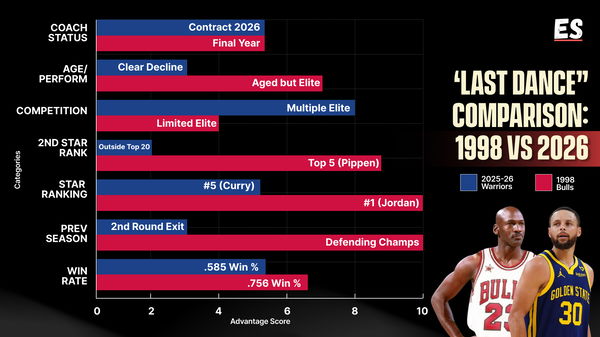
Imago
IMAGN
The cutthroat landscape engulfing the Warriors presents perhaps the biggest insurmountable challenge to recreating the Bulls’ success. The 1997-98 NBA featured significantly less competition, with fewer genuine championship contenders and less overall talent depth throughout the league. The Bulls faced quality opponents, but nothing approaching the murderer’s row of contenders that densely populate today’s NBA!
ADVERTISEMENT
The Houston Rockets have dramatically improved their championship odds by acquiring KD in a blockbuster trade, adding a proven champion and elite scorer to an already formidable young core. This move vaulted Houston to +750 championship odds, making them a legitimate threat.
On the other hand, the reigning champs in Oklahoma City aren’t just starting the season on top — they’re looming over it like a storm cloud no one else can dodge. Oddsmakers have them pegged as overwhelming favorites, with a projected 62.5 wins — the highest bar set since the 2018–19 Warriors — and all the swagger of a team fresh off a 68–14 season that ranked second in net rating (+12.8) since the ’96 Bulls (+13.4).
The Nuggets, lurking as the West’s most dangerous challenger at +700 odds, spent the summer plugging holes — Jonas Valanciunas for size, Tim Hardaway Jr. and a returning Bruce Brown for instant bench firepower. But this isn’t the NBA of dynasties anymore…
ADVERTISEMENT
We’re in the middle of a seven-year stretch with seven different champions, a ‘parity era’ so deep that OKC’s bid to go back-to-back is the only thing standing between the league and an eighth straight year of a new king. The second apron rules and luxury tax punishments aren’t just fine print — they’re literally the handcuffs on any team even daring to dream of a long reign.
The Warriors currently sit at +2900 championship odds, placing them far down the list of legitimate contenders. Steve Kerr’s troops are essentially fighting an uphill battle against younger, more talented, and better-positioned rivals.
ADVERTISEMENT
Why the Warriors’ 2025-26 Campaign Is More About Managing Decline Than Chasing Glory
Steve Kerr’s contract situation through the 2025-26 season does create a surface-level parallel to Phil Jackson’s final year with the Bulls; so, the circumstances surrounding each coach’s departure couldn’t be more different.
Jackson left the Bulls at the height of his powers, having just delivered a championship and cemented his legacy as one of the greatest coaches in NBA history. His departure was part of a planned dissolution of a championship dynasty.
Kerr’s situation reflects uncertainty rather than triumph. Despite his historic $35 million extension taking him through the 2025-26 season, there are already questions about his future beyond that point.
ADVERTISEMENT

USA Today via Reuters
Feb 15, 2024; Salt Lake City, Utah, USA; Golden State Warriors guard Stephen Curry (30) and head coach Steve Kerr talk on the sideline during the first quarter against the Utah Jazz at Delta Center. Mandatory Credit: Chris Nicoll-USA TODAY Sports
The most fundamental difference between these two situations lies in where each dynasty stood in its lifecycle. The Bulls’ Last Dance represented the culmination of sustained excellence—a final masterpiece from a group operating at the absolute peak of their collective powers. Every player knew their role, the system was perfectly calibrated, and the team culture was built around championship expectations.
The Golden State Warriors’ rigid commitment to small-ball has proven a strategic liability in 2025, with their lack of size exposed in the playoffs and exacerbated by Kevon Looney’s departure. What used to be their ‘cheat code’ is now a glaring weakness, especially in a league dominated by towering frontcourts. The 2025 playoffs were the tipping point.
In their first-round clash with Houston, the Rockets’ bruising Alperen Sengun–Steven Adams duo bullied them on the glass, snatching an absurd 50.3% of available offensive rebounds — a 96th-percentile bludgeoning that left Golden State scrambling.
Kevon Looney, their longtime rebounding anchor, could only watch from the bench, logging just two minutes in a pivotal Game 6. “We’re going up against Steven Adams. This is what I do. They’re not giving me the chance,” Looney vented on the Warriors Plus Minus podcast, his raw frustration after a decade of sacrificing for the team.
That benching proved to be his breaking point.
Feeling disrespected and unwanted, Looney bolted in free agency to the New Orleans Pelicans on a two-year, $16 million deal — leaving the Warriors with nothing but a pair of unproven bigs, rookie Quinten Post and sophomore Trayce Jackson-Davis, to bang with the league’s elite centers.
It’s a problem GM Mike Dunleavy has already admitted: Draymond Green at Center might have been a brilliant hack in 2015, but in 2025 it’s a nightly gamble against behemoths like Nikola Jokic, Rudy Gobert, and Chet Holmgren. Former NBA champion Channing Frye isn’t betting on Golden State figuring it out.
On the Road Trippin’ podcast, he bluntly predicted they’ll “blow it up midway through the 2025-26 season,” their outdated playstyle hopeless against the length and muscle of contenders like Oklahoma City, Cleveland, Boston, Denver, and Minnesota. And with a scaringly quiet offseason, an unresolved Jonathan Kuminga contract situation, and only Steph Curry and Jimmy Butler’s heroics to thank for escaping Houston in Round 1, the Bay enter this season teetering on the edge.
… one slow start, and what’s left of this dynasty might not even make it to April intact.
The truth is, the Warriors look less like a team plotting another parade and more like one managing its decline. Klay Thompson’s departure to Dallas didn’t just signal change — it ended the original “Splash Brothers” era. And while the romantic in us wants to desperately believe in one last magical run, the hard math of today’s NBA — younger legs, faster pace, deeper talent — makes that dream feel more like a storybook than a strategy.
The ’97–98 Bulls thrived in an environment where top talent clustered on a handful of rosters and defensive rules favored veteran-heavy, physical teams. In contrast, today’s NBA demands depth, adaptability, and year-round organizational precision — a landscape so unforgiving it would’ve tested even the greatest teams in history.
So, maybe this isn’t a Last Dance at all.
Maybe it’s a final bow — a graceful farewell to a dynasty that once redefined basketball, now facing the inevitable truth…
Nostalgia can inspire, but it can’t outrun time.
ADVERTISEMENT
ADVERTISEMENT
ADVERTISEMENT

